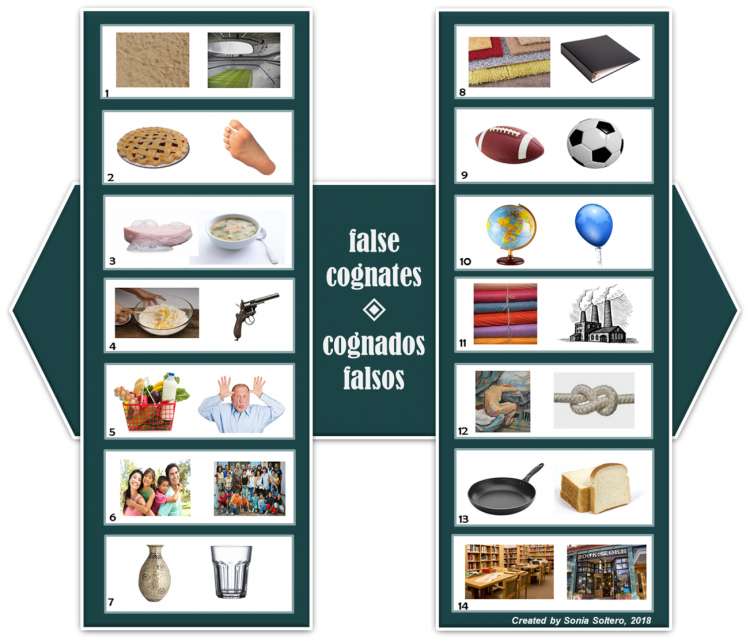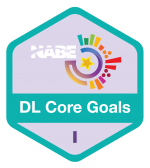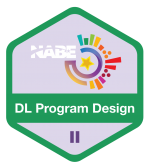Biliteracy
In a monolingual setting, literacy instruction usually focuses on reading during the language arts period. In a Dual Language setting, biliteracy is the focus. Biliteracy consists of the idea that bilingual learners use reading, writing, listening and speaking in two languages, throughout their instructional day. In order to attain the goal of being bilingual and biliterate, students need to learn to read, write, listen, and speak in all content areas throughout the day in order to reach ELD (English-language development) standards and SLD (Spanish-language development). The teacher’s objective is to integrate content, literacy, and language instruction with reading, oral language and writing within a wide range of purposes in two languages.
How do you teach for Biliteracy?
According to Beeman & Urow (2013), “teaching for biliteracy has three parts: Spanish (or one of the two languages), instruction, the Bridge (both languages side by side), and English instruction.” Bridging is the golden moment in which teachers help students connect what they have learned in a content area in one language with another language. In the earlier stages of language development, teachers must be intentional about creating these moments for bridging. In later stages of language development, students begin to make these connections on their own.
Considerations When Planning for Biliteracy:
- Will students be provided with an opportunity to read and write every day in both languages of instruction?
- Will students be engaged in meaningful and purposeful literacy activities in both languages?
- Will students be held accountable for learning in the target language?
- How will Bridging take place within the lessons so that students can connect one language with another?
Language Transfer Issues Chart
| Grammar Point | Type of Transfer Error in English | Cause of Transfer or Transfer Difficulty |
|---|---|---|
| Possessive forms |
Avoidance of 's to describe possession. The children of my sister instead of my sister's children |
The use of a preposition reflects the more common structure in the primary language. |
| Articles |
Omission of articles in certain contexts such as to identify profession. He is teacher |
The article is not used in Spanish in this context. |
| Pronouns |
Use of pronouns with inappropriate gender. He is my sister Use of inappropriate gender, particularly with neuter nouns. The house is big. She is beautiful. |
In Spanish, subject pronouns are dropped in everyday speech and the verb conveys third-person agreement. Inanimate nouns have feminine and masculine gender in the primary language. |
| Pronoun one |
Omission of the pronoun one. I saw two nice cars, and I like the small. |
Adjectives can be used on their own primary language, whereas English often requires a noun or one. |
| Adjectives |
The avoidance of -er and -est endings. I am more old than my brother |
Comparative and superlative are usually formed with separate words in the primary language, the equivalent of more and more in English. |
| Verbs |
Confusion of present form and simple past of regular verbs. I give it to him yesterday |
Speakers of the L1 have difficulty recognizing that a vowel shift in the middle of the verb, is sufficient to produce a change of tense in irregular verbs. |
| In negative statements |
Omission of helping verbs in negative statements. I no understand. |
Helping verbs are not used in negative statements in the primary language. |
| Past continuous |
Use of past continuous for recurring actions in the past. When I was young, I was studying a lot. |
In the L1, the past continuous form can be used in the contexts in which English uses the expressions used to the simple past. |
| Phrasal verbs |
Confusion of related phrasal verbs. I look after the word in the dictionary instead of I look up the word in the dictionary. |
Phrasal verbs do not exist in the primary language. There is often confusion over their meaning in English. |
| To have versus to be |
Use of to have instead of to be. I have hunger I have right |
Some Spanish constructions use have where English uses a form of to be. |
Cross Linguistic Connections

False Cognates

Professional Development
Eager to explore NABE dual language digital badges that focus on Bilingualism?
Check out the following:

Badge 1: Three Core Goals of Dual Language

